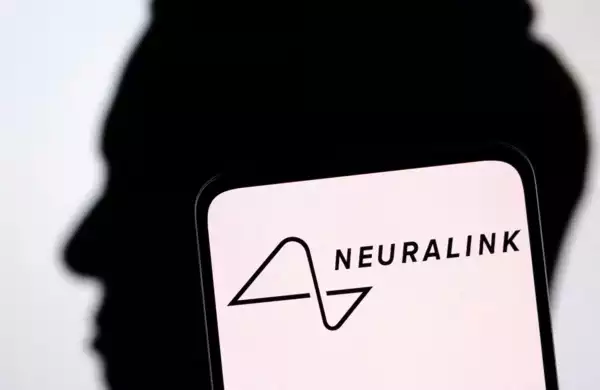Elon Musk’s company Neuralink is making headlines with its brain implant chip, a device designed to connect human brains to computers. This technology could revolutionise the way people interact with digital devices and of course, help those with paralysis regain control over their movements. While Neuralink’s first human trial is underway, it has sparked curiosity and concerns among the general public. Here are 5 key things we need to know about this futuristic brain implant.
What is Neuralink’s brain implant?
Neuralink’s brain implant, called “the Link,” is a coin-sized chip designed to be placed in the human brain. The device works by using ultra-thin electrodes, also called neural threads, to record brain activity and transmit it to external devices via a Bluetooth connection. This allows people to control computers and other digital tools simply by thinking. The implantation process is carried out by a robotic surgeon to ensure precision and minimal damage to brain tissue.

How does it work?
The Link works by decoding brain signals from individual neurons and converting them into digital commands. This means that a person wearing the chip could move a computer cursor, type messages, or even operate prosthetic limbs using only their thoughts. Neuralink’s initial goal is to help individuals with severe paralysis regain mobility and communication abilities.
What are the potential benefits?
If Neuralink’s technology proves successful, it could bring advancements in neuroscience and healthcare. Some key benefits include:
- Restoring mobility: The chip could help people with spinal cord injuries or neurological disorders regain movement by bypassing damaged nerve connections.
- Communication: Individuals with speech impairments could communicate more effectively through brain-computer interaction.
- Medical research: The technology could provide deeper insights into brain function and aid in the development of treatments for conditions like Parkinson’s disease and epilepsy.

Ethical and safety concerns
Despite its potential, Neuralink’s brain implant raises several ethical and safety concerns:
- Long-term effects: Since this technology is still in its early stages, the long-term impact on brain health remains unknown.
- Surgical risks: Any
brain surgery carries risks, including infection, bleeding, and potential complications from electrode placement. - Data privacy: With direct brain-to-computer connections, concerns about hacking and unauthorized access to brain data are significant.
- Animal testing: Neuralink has faced criticism for its animal testing practices, with reports of adverse effects on test subjects.
Current progress and challenges
Neuralink successfully implanted its chip in a human for the first time in early 2024. However, the trial has already encountered some issues.
Nolan Arbaugh, a quadriplegic patient who received the implant, initially demonstrated the ability to control a computer with his thoughts. But soon after, some of the implant’s thin electrode threads detached from his brain, reducing its effectiveness.
Neuralink engineers have since made adjustments to restore functionality. While this is a major step forward, it highlights the challenges of making brain implants reliable for long-term use.


